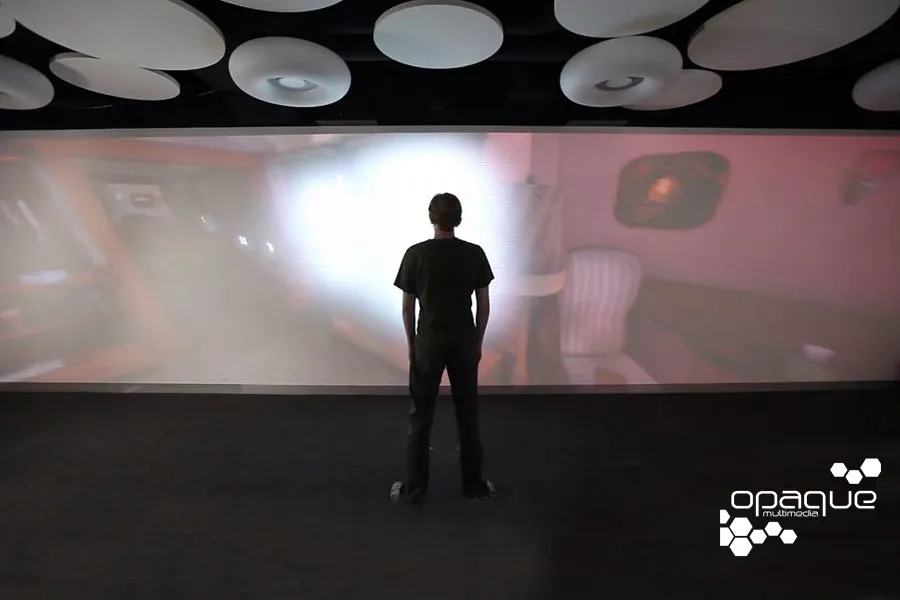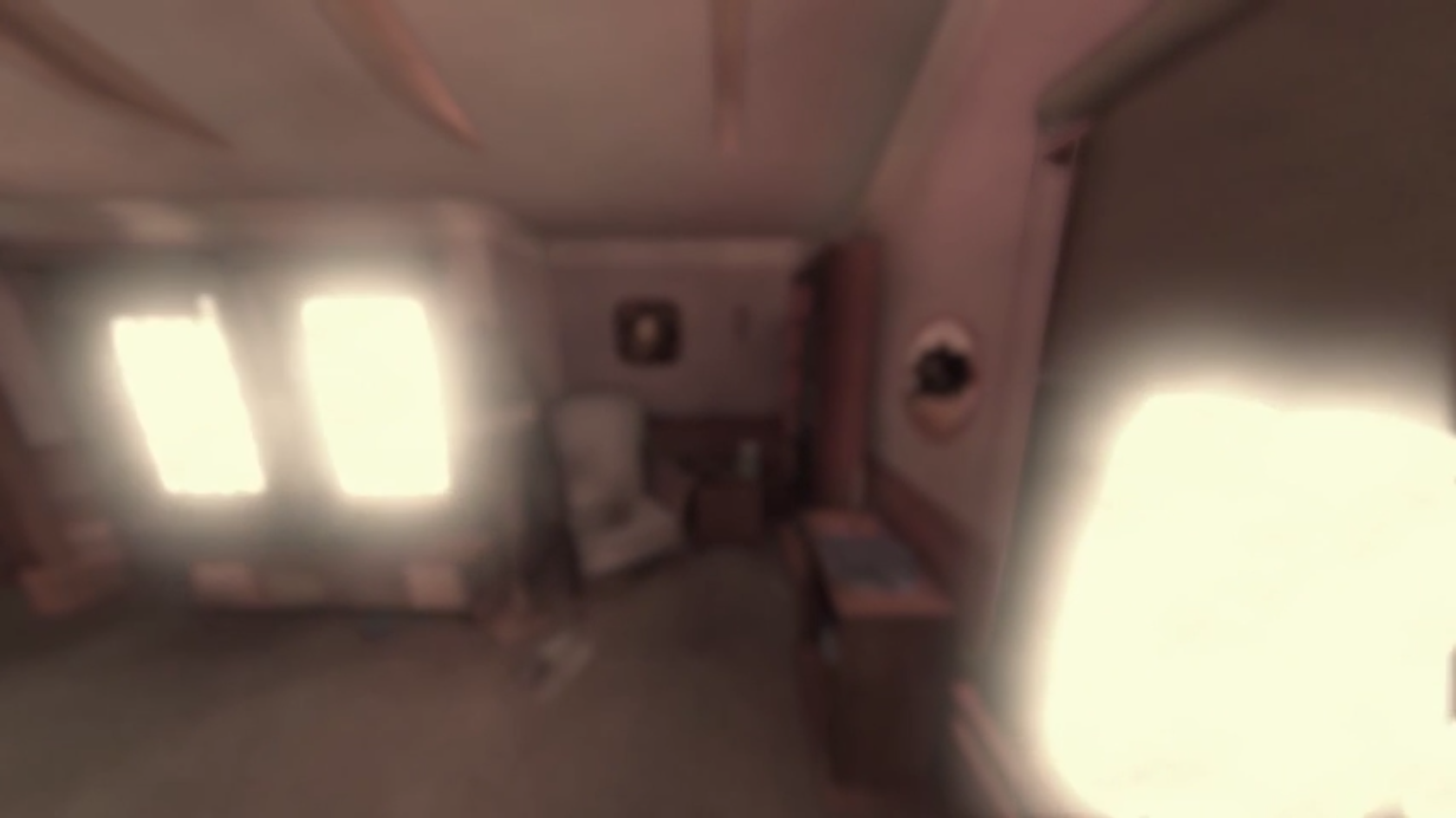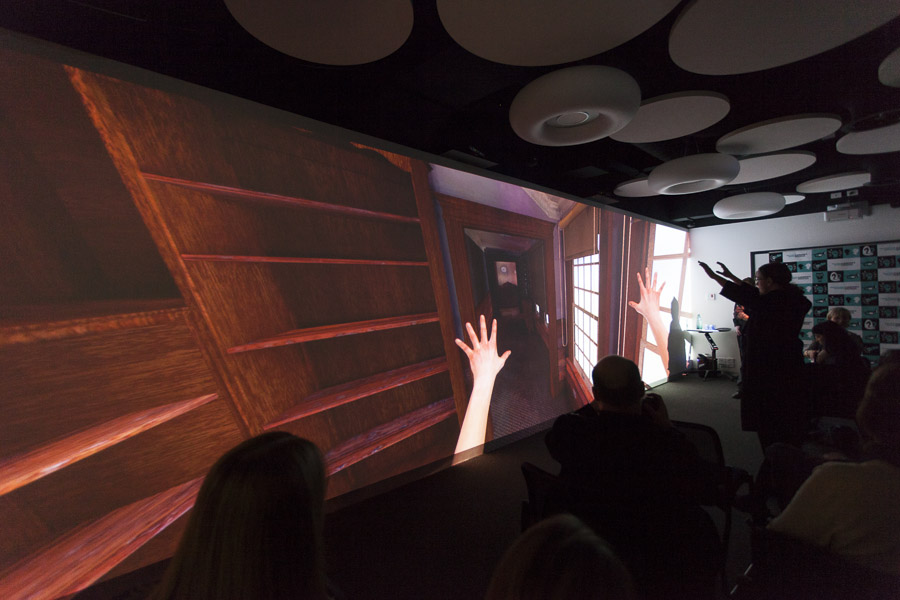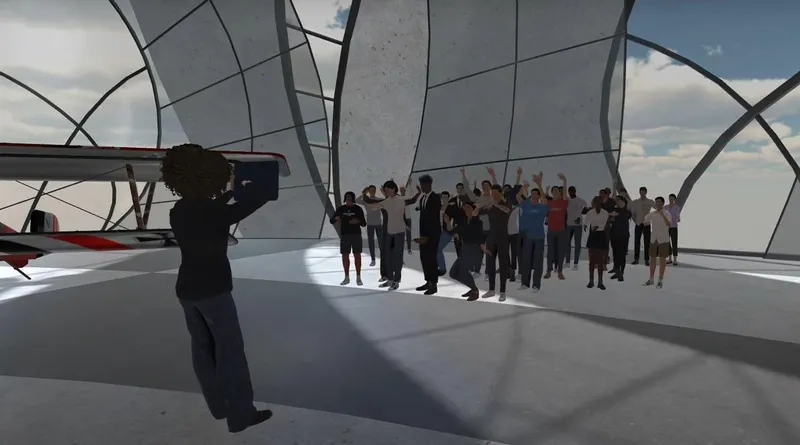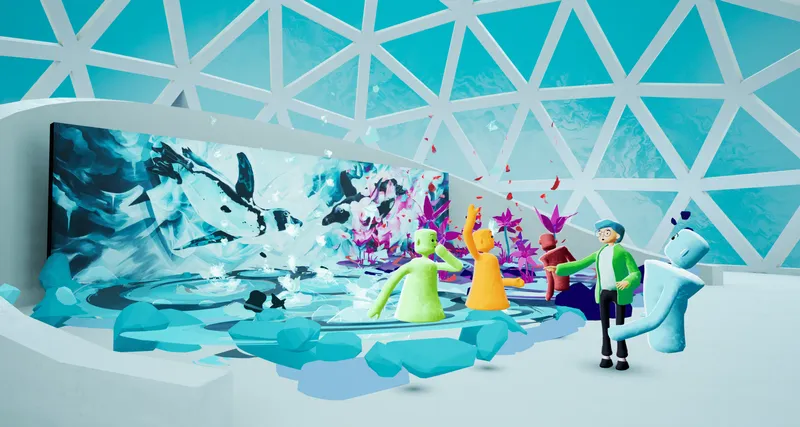Nearly 50 million people worldwide suffer from dementia. It is a devestating disease that leaves individuals as shells of their former selves. For the millions of family members of those affected by the disease, one of the hardest things in dealing with the disease is empathizing with the victims. What the patients are going through simply is not within our own personal realms of experience, and it makes it hard to relate and help them cope with their disorder. With Alzheimer’s Disease International projecting the number of sufferers to nearly double within the next 15 years, it is clear there is a need to help caregivers and families empathize better with these victims. That is exactly what Opaque Multimedia is hoping to accomplish with the Virtual Dementia Experience.
Developed in conjunction with Alzheimer’s Australia Vic, the Virtual Dementia Experience (or VDE) is a pioneering effort in the field of ‘empathetic education.’ According to the project’s website, “the Virtual Dementia Experience (VDE) simulates the effects of aging and dementia in a virtual environment, so that cognitively intact people can gain an appreciation of the issues confronting people with dementia.” By allowing people to experience – in an immersive environment – the effects of dementia, the team is hoping to help better educate the public on the experiences of the millions of individuals suffering with the disease daily. The project’s goal, according to art lead, Norman Wang, is to give “an understanding of what people living with dementia are going through; to put people in the shoes of people living with dementia and foster understanding and empathy.” Tanya Petrovich, the business development manager at Alzheimer’s Australia Vic, hopes that by doing so it will “empower people living with dementia, their families, and their caregivers.”
The VDE works by placing users in the shoes of a dementia patient going about their daily routine. Tasks as simple as navigating the house to get to the bathroom, become an extreme challenge as an operator manipulates the environment to simulate the effects of living with dementia. For example, the user may open a door and it will not lead to where they had expected, or they may have to question the difference between reality and hallucination as they attempt to distinguish a razor from a toothbrush. By having an operator who can manipulate the environment as the user moves through it, Opaque Multimedia is able to replicate the feeling of disorientation and confusion that dementia patients suffer through on a daily basis.
So far, the reactions to the experience have been powerful. The VDE has already garnered multiple awards, including the Education award at this year’s iAwards as well as the 2014 APICTA award for Education E-Learning. It’s not just the awards that are praising their efforts either, Catherine Dooley, a Nurse Unit Manager at Goulburn Valley Health, said, “it made me feel the stresses that are there everyday, every moment, for the people we care for… I hope I turn out to be a better nurse because of it.” That is one of the true goals of this project, to help caregivers better understand their patients so that they may better meet their needs.
In the earlier iterations of the project, the team utilized a massive 10 x 2.5 meter projection screen in conjunction with a Kinect to place users in the shoes of an Alzheimer patient. However, it appears that more recent editions are making use of the Oculus Rift to help make a more immersive experience.
This is not Opaque Multimedia and Alzheimer Australia’s first foray into using virtual worlds in conjunction with Alzheimer treatment. Earlier this year, the team launched “The Forest Project,” a Pozible (similar to Kickstarter) project aimed at bringing a “serene environment” to elderly patients who are home or facility bound due to their condition. The project also utilized Unreal Engine 4 and the Kinect to create a gorgeously rendered and easy to interact with environment.
While most of the attention of the VR industry seems to be focused on how much more immersive it will make our games and movies, it is fantastic to see projects like this exploring what I believe is the true power of the medium. Virtual reality has the potential to be the greatest empathy device ever created, something that a number of people would argue is sorely needed in today’s world. By allowing the focus to be on the patients themselves, and letting us experience five minutes of their world, we can change the way we approach health care, both from a practical and educational standpoint. So while projects like AD1FT and Elite: Dangerous let us dream about space exploration, it is projects like the VDE and other “serious games” that truly demonstrate the transformative nature of VR.

